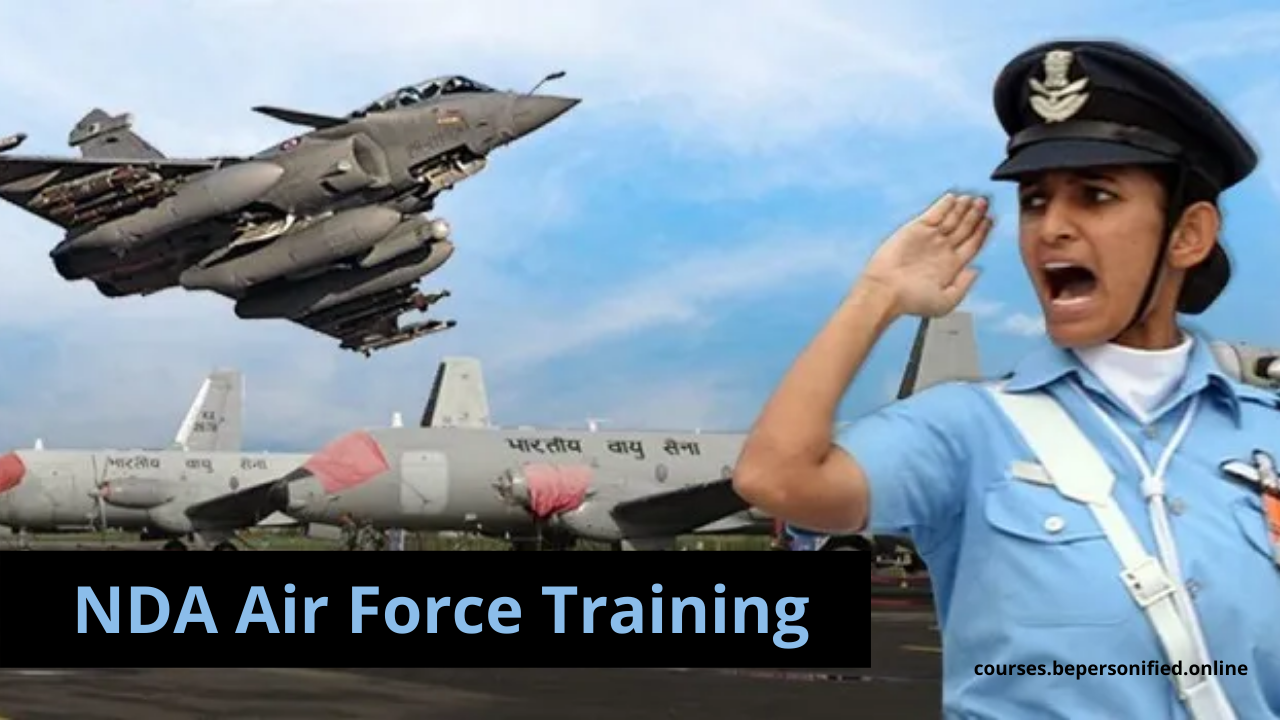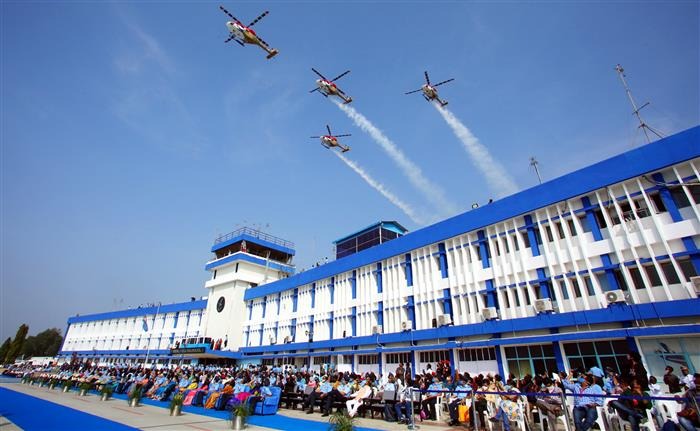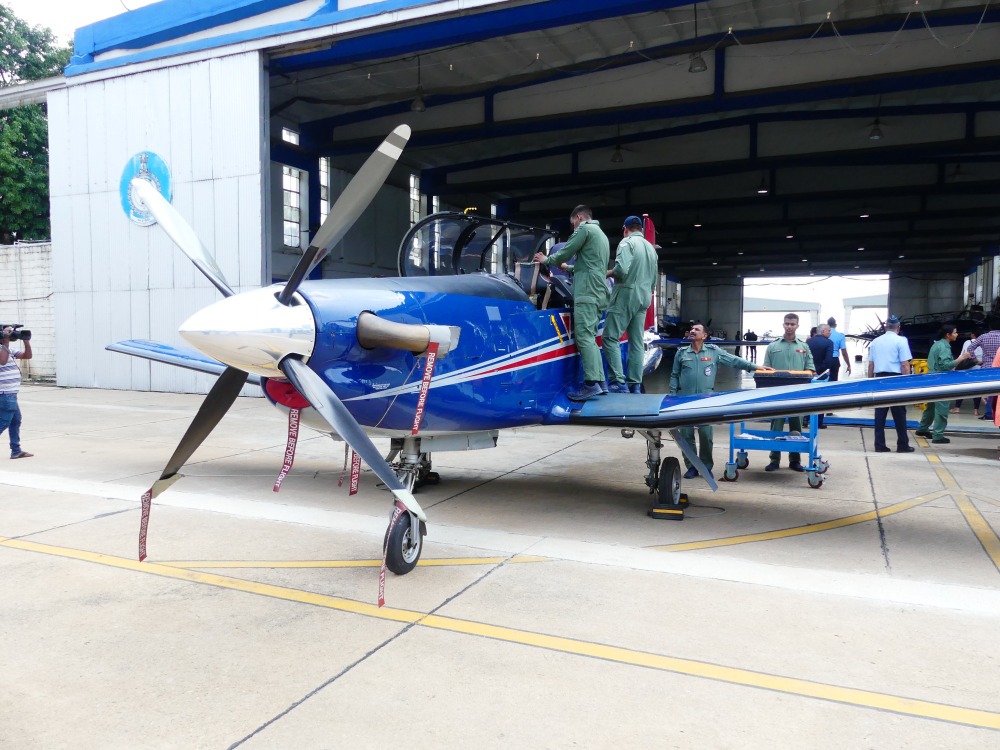There are no items in your cart
Add More
Add More
| Item Details | Price | ||
|---|---|---|---|

National Defense Academy is known for its training, discipline, and warriors. It grooms young men and women to become part of the armed forces. NDA cadets get training to build themselves physically and mentally to overcome their fear and accept the challenges ahead.
NDA is a combined training institute for Army, Navy, and Air force. Most of us have a hint of training in the Indian military, but what about the Navy and Air force? Is it all about flying airships? How do Air force Cadets train in NDA? What subjects do they study?
Today is all about training Air force Cadets in NDA. We will discuss their training, courage, and sedulousness. How these cadets get training in the Air force and milestones/Records of AFTT, everything is on our list today.
The training of Air force cadets fosters the soul of camaraderie and promotes healthy interaction among the officers of each department. It aims to cultivate integrity and unity in every cadet and endeavor to graduate Air warriors worthy of the Indian Air Force.
AIF has its missions and dreams. It is to inspire and transform young men and women into courageous, intellectual, dynamic, energetic, honest, and cultured warriors, ready to lead one of the leading aerospace forces for the betterment of the nation.

Air force cadets' training began in the Air force academy (AFA). It is the prime training center of the Indian Air Force, the base of training for pilots, ground duty, and technical officers of IAF.
Settled within the Eastern corner of the endless bequest of the Foundation is the Glider-Dome – the business end of activities at the Air Force Training Team (AFTT). It represents the culmination and fruition of a long-felt need for training officers of all branches in a single institution.
The construction of the AFTT complex started in 1954 and was taken charge of in October 1956. Administrative Building, rooms for instructors, and glider dome got its finishing in 1957.
The idea of making such an academy falls back in 1953, to bring together, at one place, the training of all air force cadets into the flying and ground duty branches of the Air Force except for the technical part. The idea kept delayed due to the difficulty in acquiring the perfect site. Finally, the government found the perfect location in about 6700acres, located approx 43 Km NW of the twin cities of Hyderabad.
The availability of satellites bases for advanced training at Hakimpet and Bidarand suitable weather for flying training makes it an ideal location.
AFTT has all the requirements needed for training. Computer-enabled classrooms, a metaled runway, air traffic control, and an automatic weather station, it got everything.

Air force cadets get an introduction to AFTT in the fifth term when they start learning aviation-related subjects before their flying training on Australian-built super Dimona twin-seat power sailplanes in the sixth term.
Air force training implants moral values, leadership qualities, relationship building quality, sense of honor and duty, presence of mind, mental and physical power, the spirit of adventure, and will to win in the Air force cadets.
The cadets fly ten sorties as a part of their syllabus. The exposure of flying Super Dimona HK 36 TC aircraft has made beyond any doubt that most of our cadets can gain their pined for Wings (brevets) at Air Force Academy. For first-hand experience, AIR force cadets visit the college of military engineering Air wings at Indian Armor technology and Pune Base.
The need to settle for a permanent air force academy was not only for pilots but also for Ground Duty Officers. The syllabus for the ground has got a revision with a substantial increase in service-specific training. Specific Service Training begins in the final year of the cadets.
Ground duty technical cadets (GD-T) will pursue a Btech degree, and non-technical (GD-NT) will receive a BSc computer Science course.
All the air force cadets will get the same training for the first four terms. In the fifth and sixth terms, GD-NT cadets will study about fundamental requirements of ground duty logistics. The DG-T cadets enroll in the Indian Air force general maintenance practices.
The cadets learn about the machines, navigations, and airships theoretically and practically. The theory classes give them an insight into the working of aircraft systems.
In consonance with the joint manship ethos of NDA, AFTT organizes visits of the Air Force as well as the Army and Naval cadets to various IAF establishments. While these visits provide an insight to the Air Force cadets about their future service, it exposes their counterparts from the other two services to the capabilities of IAF.
The Air Traffic Control facility is a modern complex that houses radiotelephony simulators and aero-sports clubrooms. It also houses an Automatic Weather Station for the collection of weather data.
| Name of Glider | Crew name | Date | Time | Height | Record |
| Sedberg T21B | Flt Lt G Singh Cdt Nair | March 17, 1958 | 2hr 40 min | 11,500 feet | Maximum height reached |
| Eon Olympia | Flt Lt Mohsinho | March 29, 1961 | 5hr 35min | 9,000 feet | The maximum duration of flying |
| Eon Baby | Flt Lt Bhatia | March 6, 1968 | 2hr 25 min | - | The maximum duration of flying the glider |
| Sedberg T21B | Flt Lt Bhatia, Cdt Johar | March 8, 1968 | 3hr 27 min | - | Maximum duration of flying the glider |
| Ardhra | Sqn Ldr KA Kumar, Sqn Ldr KK Singh | - | 1 hr | - | Maximum duration of flying the glider |
The team started training with Sedberg T21B gliders with the first launch on 14 Sep 1957. The honor was by Sqn Ldr DG Kinglee and Flt Lt G Singh. Further, the team got its hand over the Eon Baby, Eon Olympia Rohini, and Ardhara Since Sep 2000, Austrian built Super Dimona HK 36 TC aircraft has taken the place to train the Air force cadets.